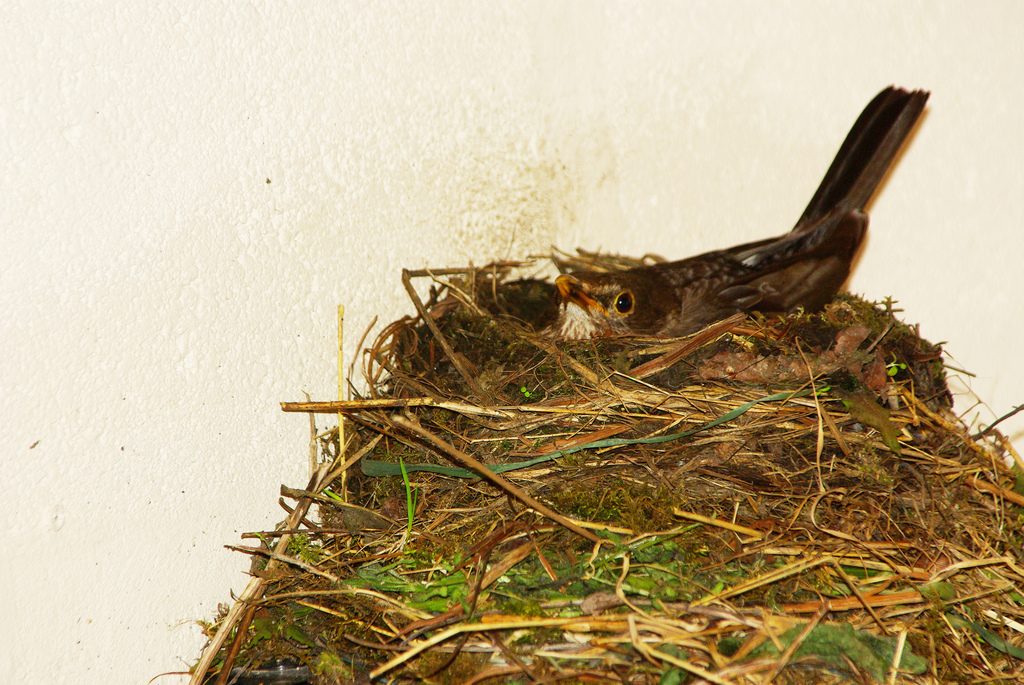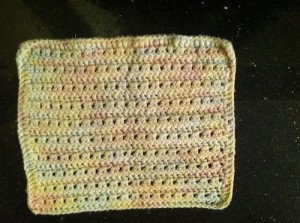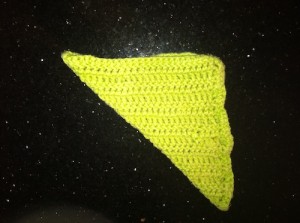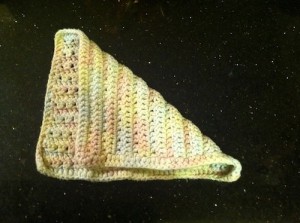
I don’t know about everyone else, but by the time November rolls around, I’m ready to cuddle up in my house and focus internally for a while. That doesn’t mean that I forget about my friends or never set foot in my front yard. But I do tend to be drawn to little crafts and DIY projects.
So all month, I’m going to share some ways that I feather my nest before launching into full holiday mode in December. Of course all of these ideas and projects will have some kind of math angle to them — because if you haven’t figured it out yet, math is everywhere!
I thought I’d start out today showing you how I combine geometry and my crochet needle.
This time of year, I love to crochet. Not only is it a great way to pass the time indoors, but as I crochet a blanket, it warms up my lap! There’s lots and lots of counting involved, but I’m a sloppy and lazy crocheter. So instead of counting rows, I depend on geometry to help me figure out how close I am to being finished.
This little trick is pretty much how carpenters can tell if their walls are square. But with fibers–yarn or fabric–it’s even easier, because all you have to do is fold. (Folding a deck is darned near impossible.)
Usually the little dishtowels I make are squares. I don’t use a pattern, so to check my progress I fold the top edge to meet one of the side edges. If I get a perfect triangle, I have a square.
But if I fold along the diagonal and I don’t get a triangle, I know the dishtowel is rectangular.
Why does this work this way? Basically, it comes down to the Pythagorean Theorem, but in all honesty, you don’t need to know that. Just remember that if you fold a square along its diagonal, you’ll get a right triangle with two equal sides.
How has your basic understanding of geometry helped you with a project? Share your story in the comments section.
And come back tomorrow for a special edition of Math at Work and on Friday for a great nesting project that will put you in the giving mood!



